
15 minute read
Improving efficiency in meat processing
MEAT, POULTRY & SEAFOOD
Improving efficiency in meat processing
Chris Little, Director, HRS Heat Exchangers
Each year Australia wastes around 7.3 million tonnes of food (equal to ~300 kg per person), which accounts for more than 5% of Australia’s greenhouse gas emissions1. Not only does this waste have significant environmental impacts, but there are economic costs as well (the government estimates food waste costs the economy $20 billion each year). Australia has set itself a target to halve food waste by 2030, and all aspects of the food chain, from farmers through to consumers, have an important role to play in reducing the nation’s food waste. The processing sector is one area where some minor changes and specifying the right equipment can lead to significant economic and environmental improvements. Food waste costs processors money in various ways. If a product is produced (or even partially processed) and then not sold, it has incurred costs including the cost of the raw material ingredients and the energy and labour that has gone into its production. It has also prevented the production of useful product which can be sold (an opportunity cost), and there may well be disposal and treatment costs associated with getting rid of the waste product. These costs can soon add up even at low levels, and each of these factors will have both a financial and an environmental (carbon) cost, so minimising or preventing waste has huge benefits for companies and the wider community. One easy area to target is to minimise the losses of product which occur in equipment, and in an ideal world two different techniques will be used in combination. The first is to design food processing equipment, such as tubular heat exchangers, which prevents product adhering to surfaces in the first place — keeping it flowing through the system. The second aspect is the use of dedicated systems to clean and recover product from equipment after processing and before full cleaning occurs.
Many modern heat exchangers are designed to handle viscous materials without fouling. Some of these units use corrugated tube designs, but in the most demanding situations, scraped surface heat exchangers are used as the scrapers continually remove residues, preventing the build-up of potential waste material. These heat exchangers can be used for numerous processes, including heating and cooling, cooking, concentrating, pasteurising and sterilising.
This scraping action provides two advantages. Firstly, as the material being treated is kept moving and does not adhere to the tube surface, losses during processing are minimised. Secondly, because a ‘fouling layer’ is not built up, the optimal thermal performance of the heat exchanger is maintained, increasing process efficiency and reducing energy use or treatment times.
However, no matter how much you avoid product buildup during operation, equipment eventually needs to be cleaned. Depending on the range of products handled and product complexity, this may be required several times a day between production

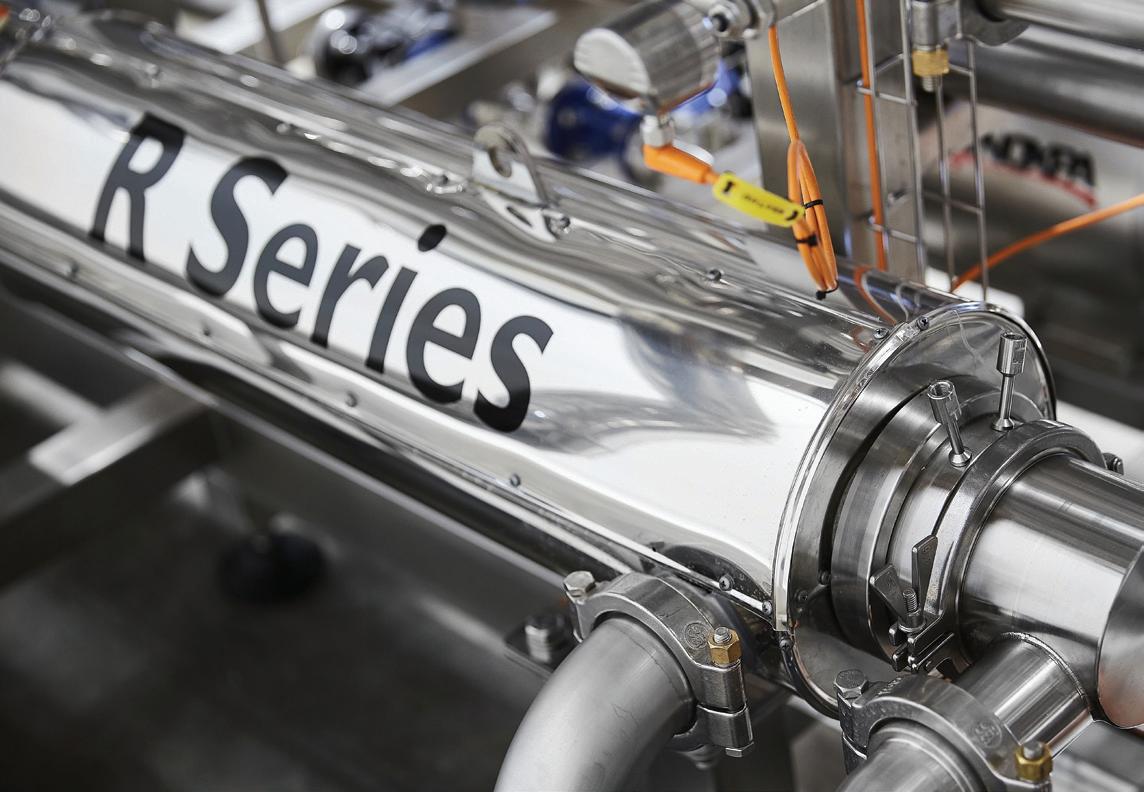
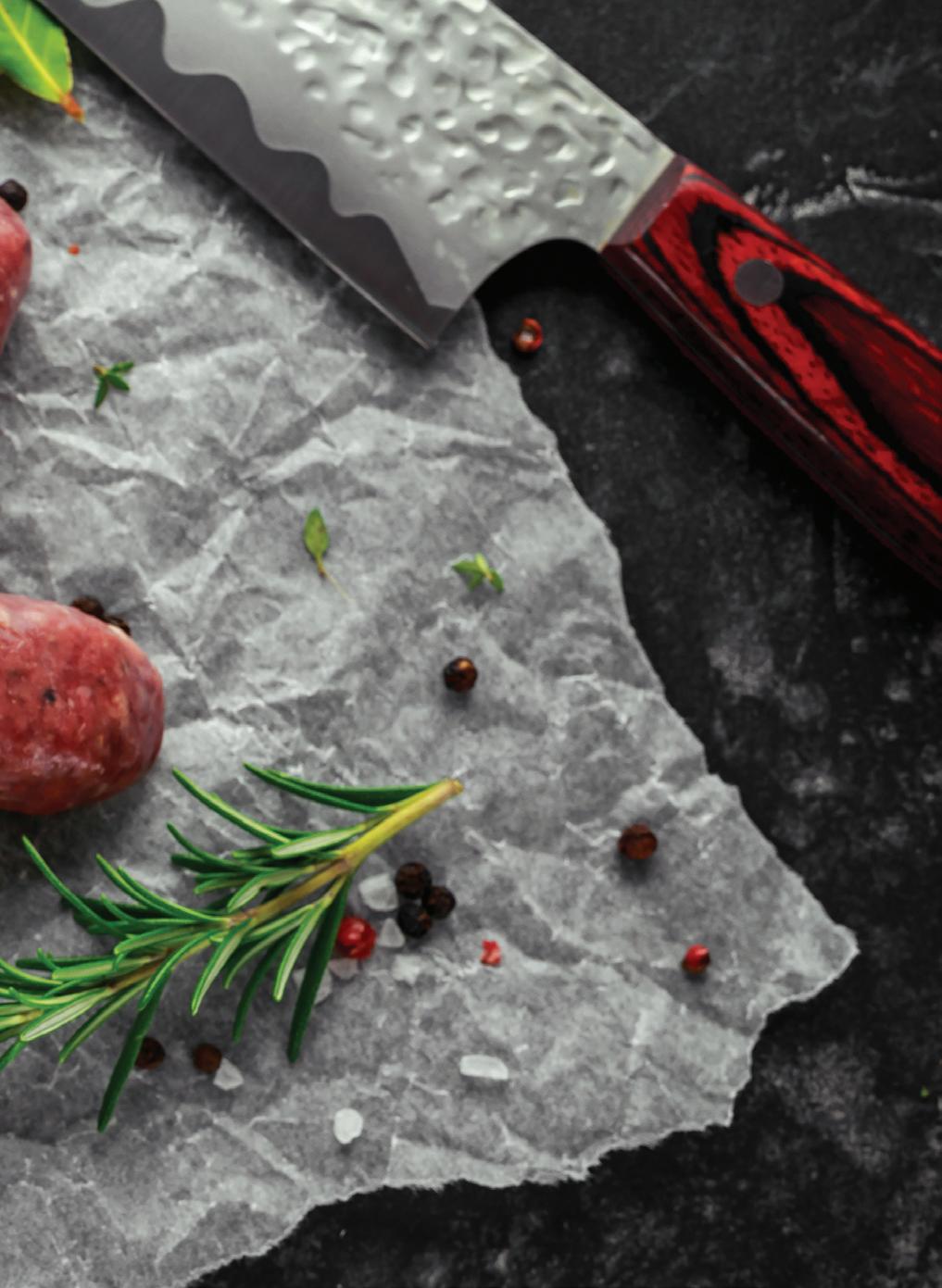
©stock.adobe.com/au/grinchh
batches. If product remaining in equipment is ‘flushed’ through as part of cleaning procedures, then hundreds of thousands of dollars of product can be lost each year.
Traditionally ‘pigging systems’ have been used to physically push product through key parts of the system, or water, air, or a cleaning solution is used to flush product, although all these systems have their disadvantages, such as their complexity or the potential to dilute or contaminate products.
Another option is to use a heat exchanger which can empty most of the product before the cleaning cycle commences. This is possible using the HRS R Series of heat exchangers. This range of tube-in-tube heat exchangers uses a scraper bar within each inner tube to enhance product flow, prevent fouling and minimise pressure drop. The unique feature of the R Series is that the scraper bar features a helical screw which rotates at high speed. When configured correctly, this screw can be run in reverse, removing product from the heat exchanger tubes without damaging it or changing its characteristics.
The system is particularly suitable for high-value viscous products such as meat and poultry emulsions, where any loses of product can be economically important. The R Series can be emptied of the majority of product without the need for any additional pumps or pressure systems. This provides advantages in terms of both capital and running costs.
Where product recovery is required, it is configured vertically, so that gravity can also be used to help recover product from the tubes. Each unit can be supplied with one, three or six tubes and multiple units can be combined for larger installations. Due to the amount of product saved, and the fact that it is often unnecessary to install additional product recovery systems, the heat exchanger can quickly pay for itself, and in the long term can be a more economic option than alternative systems which have lower capital costs.
The unique design of the R Series also provides several other benefits, such as improved mixing (and therefore improved homogeneity and more effective heat transfer) within the product. As such they are particularly useful for high-fouling products such as meat paste and meat slurry. However, because of the increased resistance within the tube, scraped surface heat exchangers (SSHEs) can create much higher pressure drops than open tube heat exchangers. A higher pressure drop means more pressure (and therefore more energy) is required to operate the equipment.
The HRS R Series of SSHEs is designed to reduce this pressure drop, using a helical screw, which resembles an auger wrapped around the scraper bar. The key to this design is the gap between the edge of the helix and the tube surface, which provides three important benefits. Firstly, the pressure drop is reduced along the heat exchanger, particularly for difficult high-viscosity products. Not only does this reduce energy consumption, but it also helps to maintain product identity and quality. The second benefit is that the gap increases turbulence at the tube wall, helping to reduce fouling and improve mixing.
The multi-tube versions of the R Series use a single motor and gearbox, helping to reduce running and installation costs, reduce operating complexity and reduce the overall footprint. Furthermore, thanks to a unique sealing system, individual tubes can be removed for cleaning or inspection, meaning that servicing is quick and parts do not need to be sent away for rechroming. Key low-cost spares can be held onsite and replaced quickly and easily. A unique gearbox design reduces operation noise, making it suitable for working environments such as food factories, while standard features include a hygienic stainlesssteel construction, and units can be fully insulated and cladded.
1 https://www.environment.gov.au/protection/waste-resource-recovery/food-waste
Data management platform
InformationLeader is a web-based data capture, management and reporting software platform. Created as a replacement for paper-based processes, the system is used by organisations to capture, analyse and manage information in a secure digital environment. The platform is suitable for highly regulated industries to consolidate disparate data into a single digital system — all while maintaining full auditability and compliance with national and international regulatory requirements. Powerful traceability features such as change history and fully versioned records make the platform well suited for the food industry; example applications include companies in meat processing and export, dairy, poultry, fresh produce, baked goods, ready-to-eat meals, grain production and seafood.
The paperless system is designed to provide instant access to critical information at the click of a button, measured against key performance indicators that have been defined. Features include smart, fully customisable electronic templates with traceable workflow; reporting and dashboarding capabilities and intelligent automation practices to ensure key stakeholders are kept informed.
Each implementation is tailored to the specific workflows and processes of the organisation and can be evolved to suit business needs and growth. Past implementations have focused on quality assurance and compliance, health and safety, environmental management, administration and training, and hazard analysis and threat assessment.
Theta Technologies Pty Ltd
www.thetatechnologies.com.au
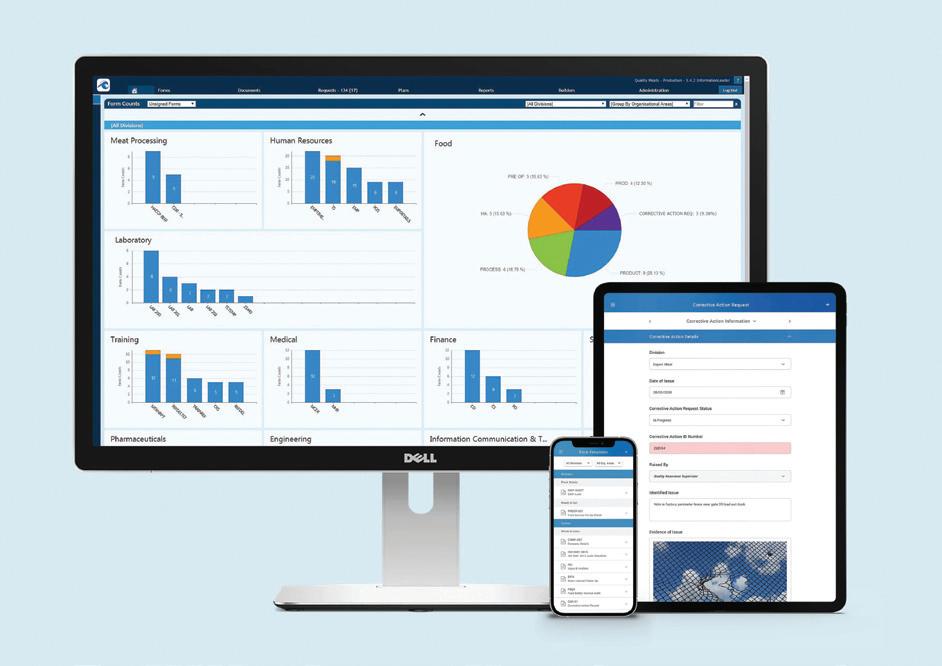
Easily insert fillings inside food casings
With Rheon machinery you can create your designer fillings – sauces, vegetables, condiments, pizza, cheese and insert them into meat, chicken, seafood, bread products, cookies, arancini and lots more.
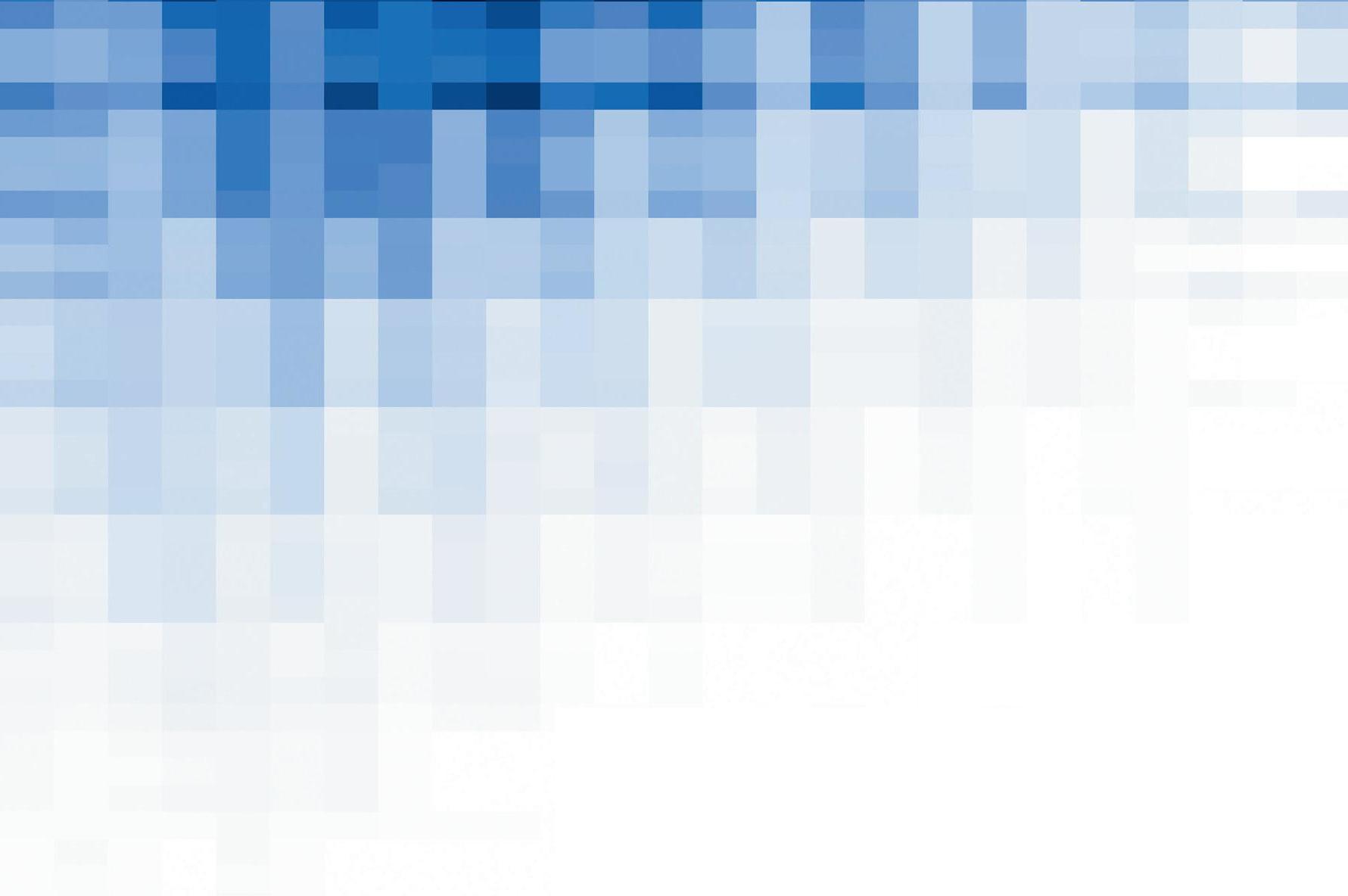
MODELS TO SUIT ALL MANUFACTURERS, BOTH LARGE & SMALL


Phone: (61 2) 9939 4900 Email: ssyme@symetec.com C22/148 Old Pittwater Road, Brookvale NSW, Australia www.symetec.com
Vertical form fill and seal packaging system
tna solutions has launched the latest iteration of its flagship vertical form fill and seal (VFFS) packaging system: the robag 3e.
Featuring a new CXE integrated display controller, smart diagnostic tools and intuitive time-saving components, the system is capable of delivering up to 250 bags per minute (bpm) with wastage as low as 0.1%, alongside enhanced serviceability.
The simplicity of the VFFS packaging solution makes it easy to operate, service and maintain. Featuring EtherCAT real-time protocol and an integrated display controller system, the system is designed to reduce cabling infrastructure by 20%, enabling easier servicing and lower total installed costs. The system shares common core components with tna roflo distribution conveyors and the tna intelli-flav seasoning system reducing the need for additional spare-parts stocking, and features integrated LED lighting in the packaging jaw area to make maintenance safer and easier to perform. Equipped with smart diagnostics and remote connectivity, the system also offers real-time communication and status updates, enabling faster global servicing support.
Featuring stainless-steel reinforced doors and tunnel guards, along with an integrated film cutting and dispensing component, the solution is designed to deliver maximum efficiency and enhanced energy savings.
tna solutions Pty Ltd
www.tnasolutions.com





Decarbonisation in food processing
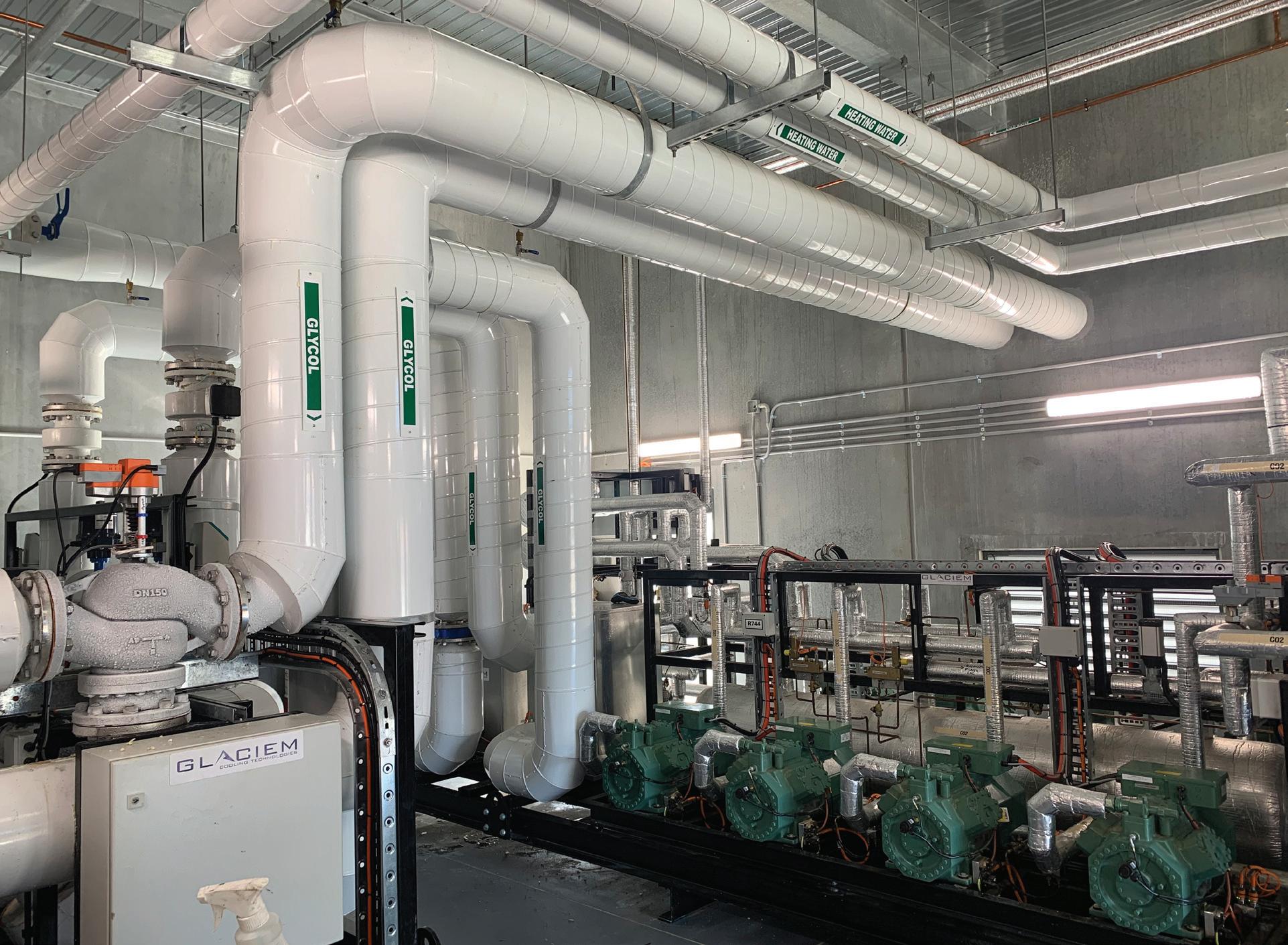
Heat pumps and thermal energy storage lead the charge to net zero.
When one of Australia’s largest fruit growers, WF Montague, was designing its greenfi eld apple and stone fruit packing facility in Narre Warren, Victoria, energy effi ciency was central to ensuring a state-of-the-art facility that delivered effi ciency, sustainability and competitiveness.
As is often the case in food and beverage production, however, the company faced a challenge. The heat demands for cleaning and waxing fruit prior to cold-storage far exceeded the small amount of waste heat available from the Ammonia refrigeration system used for its controlled-atmosphere cold rooms. Burning gas in boilers was the typical solution used by Compac — the processing equipment supplier, but the cost of a gas connection and the negative impact on Montague’s decarbonisation plans meant this solution was not feasible. The decarbonisation of heat requiring a transition from gas to electricity is a signifi cant challenge when hightemperature hot water is required and there are few solutions.
The design engineers for the project’s refrigeration systems, Liquid Ice Refrigeration, worked with Compac and Australian heat pump manufacturer Glaciem Cooling Technologies to design and deliver a hightemperature heat pump system that provides the large amount of hot water required. The system provides the hot water with a very high effi ciency, the by-product of heating the water is free cooling for the main ammonia/ glycol cooling system. As a result, when the heat pump is heating water the ammonia refrigeration plant is not required. This reduces the power required for refrigeration and reduces the operating cost and extends the life of the ammonia compressor.
Often process needs result in a mismatch between heating and the cooling demands. Typically this happens in winter when the cooling loads are low. Most heat pump systems would cool the ambient air during this time which is non useful cooling. Glaciem’s unique design incorporates Thermal Energy Storage (TES) as a cooling source instead of air. TES is a system that uses a phase change material to store energy. When the heat is extracted from the liquid in a TES System, the contents of the system change from liquid to solid. Essentially this is storing “cold”. It is like a ‘thermal battery’ charged with cold thermal energy — rather than electricity — when the heat pump extracts the heat from it. The cold stored in this process is very dense and can be discharged at another time as you would use the power in an electrical battery, but with better effi ciency. A TES system also has a life of about 30 years and can be charged and discharged without the degradation effect common with electrical batteries. This provides a way for the cooling to be used at a different time to offset the refrigeration demands of Montague’s refrigeration systems.
Glaciem heat pumps use CO2 in a “refrigeration cycle” to move heat out of a heat source and deliver it in a form that is
useful for applications at higher temperatures. Heat pumps improve the quality of the heat using mechanical energy — a set of compressors which produce about three times the thermal energy for each unit of electrical energy utilized. The result is the production of signifi cant volumes of hot water at 83°C. This replaces the need to burn gas, drastically reducing CO2 emissions. The Glaciem CO2 heat pump operates with high effi ciency even in the coldest of Narre Warren days, unlike many heat pump designs which would not work effi ciently in cold ambient conditions including Ammonia heat pumps.
The operation of the system is controlled by Glaciem’s forecasting, optimization and control system which ensures the TES is charged and discharged for optimal energy use. For other Glaciem TES users the system allows them to optimize behind-the-meter solar PV generation or Power Purchase Agreements (PPAs) to maximise the use of renewables and to shift load to take advantage of variable energy costs (price arbitrage). It enables heat pumps to concurrently cool and heat when their demand for cooling happens at a different time to their demand for heating.
Overall, the result of this approach is a reduced energy cost and a reduced carbon footprint. As the sector looks to meet ever increasing carbon reduction targets, CO2 heat pumps integrated with thermal energy storage are a critical part of the hybrid energy systems designed for the heating and cooling needs of most food and beverage production processes.
Bespoke system design for optimal effi ciency
As with Montague’s and all of Glaciem’s projects, the CO2 heat pumps are customized System specifi cations:
Heat Pump Specifi cation Glaciem GHP-6626 CO2 high temperature heat pump Design Demand Load Heating 716kW @50°C - 83°C | 1100kW @35°C - 83°C Design Demand Load Cooling 726kW @ -4°C Refrigerant: R744 (CO2) COP (Heating and Cooling) 3.8 Dimensions 6500Lx2400Wx2387H mm
Thermal Energy Storage System 2 x Glaciem DYN900 TES Systems Storage Capacity 4000kWh Phase Change Material -6°C PCM Charge Rate 200kW@10 hr Discharge Rate 200kW@10 hr COP (Discharge) 40-70 depending on the discharge profi le Dimensions 6418Lx2772Wx3330H mm
to suit the exact mix of heating and cooling demands of the application for the best effi ciency. These designs not only ensure optimal effi ciency at “design load” (the peak energy required), but also “part loads”. Part loads are common in most applications for most of the year. Part loads occur when the ambient conditions are not as extreme as the peak conditions designed for or when production loads are lower. This means a large amount of thermal energy produced by a small amount of electricity — providing much better performance than electrical boilers and traditional HFC chillers.
The system is built with premium components and is delivered as a complete, tailored package to the same refrigeration and mechanical services contractors who provide other systems on site. In the case of Montague, refrigeration contractor Oomiak installed, commissioned, and integrated the system with the Ammonia refrigeration plant on-site, specifi c to Glaciem’s designs. Size and scale are also challenges for off-the-shelf heat pumps which tend to provide a lower temperature water, adding complexity and cost to many industrial and commercial applications. The heating demands at Montague’s Narre Warren site are met with a heat pump capable of producing hightemperature water and 1100 kW of heating, from a single CO2 heat pump, believed to be the largest CO2 heat pump in the Southern Hemisphere. The system is controlled by a Schneider PLC with a state-of-the-art humanmachine interface (HMI). The HMI allows site operators and contractors to view the current operations of the system, the state of charge of the TES system, the internal operations of the heat pump including compressor status, energy use, energy fl ows, temperatures and pressures. People unfamiliar with the physical layout of the system can see a visualization of the actual system layout with the major components and their status described with overlays. Conditions needing attention are highlighted in red. Further, the heat pump’s Internet of Things (IoT) design means all of this can be viewed remotely, allowing Glaciem engineers in Adelaide to monitor and manage the system and support the onsite activities of service and maintenance engineers.
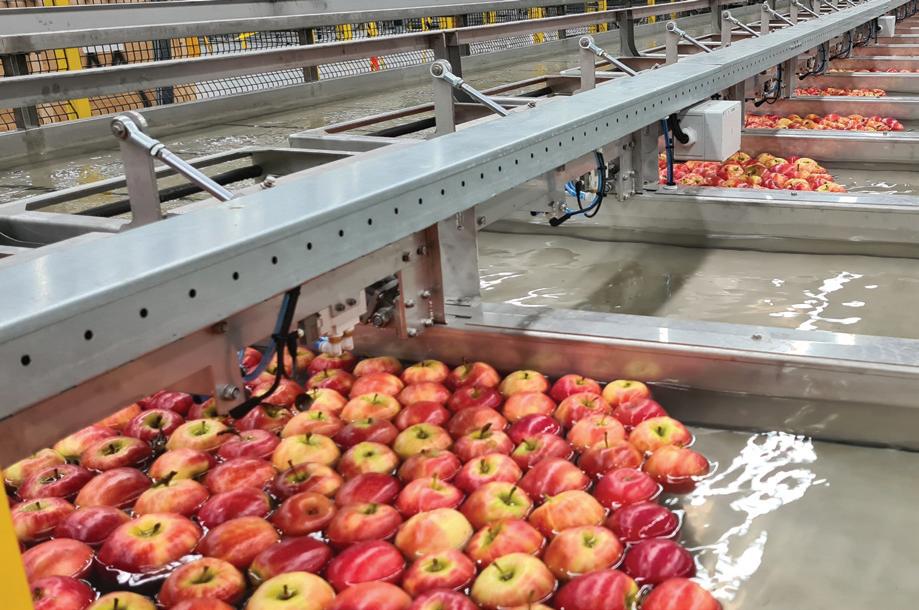
A path to decarbonisation
The project has resulted in Glaciem providing Montague with a way to deliver its hot water demands with optimal energy effi ciency, and to eliminate the need to burn gas (or other fossil fuels). Montague is set up to meet its decarbonisation objectives without the need to tackle the complex transition from gas to electricity in the future. This Project received funding from ARENA as part of ARENA’s Advancing Renewables Program.

Glaciem Cooling Technologies glaciemcooling.com










